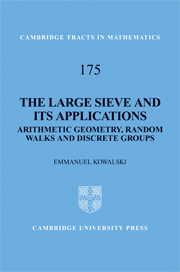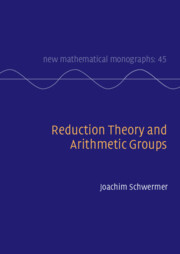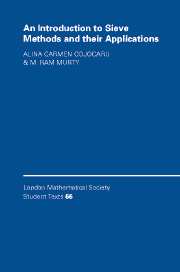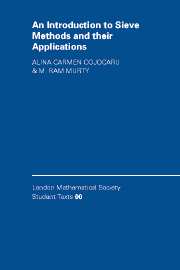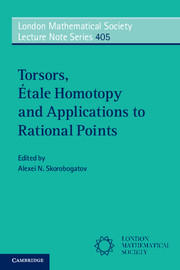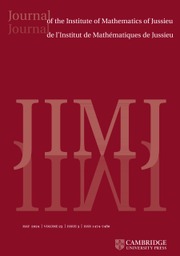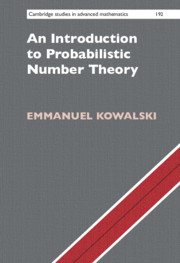The Large Sieve and its Applications
Among the modern methods used to study prime numbers, the 'sieve' has been one of the most efficient. Originally conceived by Linnik in 1941, the 'large sieve' has developed extensively since the 1960s, with a recent realisation that the underlying principles were capable of applications going well beyond prime number theory. This book develops a general form of sieve inequality, and describes its varied applications, including the study of families of zeta functions of algebraic curves over finite fields; arithmetic properties of characteristic polynomials of random unimodular matrices; homological properties of random 3-manifolds; and the average number of primes dividing the denominators of rational points on elliptic curves. Also covered in detail are the tools of harmonic analysis used to implement the forms of the large sieve inequality, including the Riemann Hypothesis over finite fields, and Property (T) or Property (tau) for discrete groups.
- Explores new and surprising applications of the large sieve method, an important technique of analytic number theory
- Presents applications in fields as wide ranging as topology, probability, arithmetic geometry and discrete group theory
- Motivated, clear and self-contained discussions introduce readers to a technique previously confined to one field
Product details
May 2008Hardback
9780521888516
316 pages
234 × 159 × 23 mm
0.63kg
10 b/w illus. 9 tables 14 exercises
Available
Table of Contents
- Preface
- Prerequisites and notation
- 1. Introduction
- 2. The principle of the large sieve
- 3. Group and conjugacy sieves
- 4. Elementary and classical examples
- 5. Degrees of representations of finite groups
- 6. Probabilistic sieves
- 7. Sieving in discrete groups
- 8. Sieving for Frobenius over finite fields
- Appendix A. Small sieves
- Appendix B. Local density computations over finite fields
- Appendix C. Representation theory
- Appendix D. Property (T) and Property (τ)
- Appendix E. Linear algebraic groups
- Appendix F. Probability theory and random walks
- Appendix G. Sums of multiplicative functions
- Appendix H. Topology
- Bibliography
- Index.

